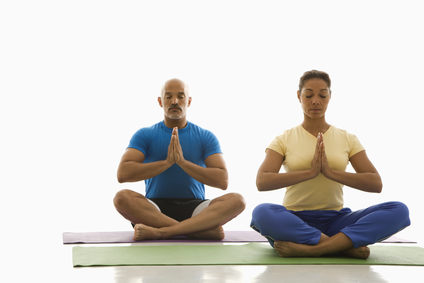One Minute Practice: Present Moment Awareness
Roasting, boiling, baking. One might use these words if they are providing cooking instructions. For those who live in the Northern Hemisphere, these might also be some words you are using to describe your current relationship with the weather. Maybe even adjectives for your internal atmosphere.
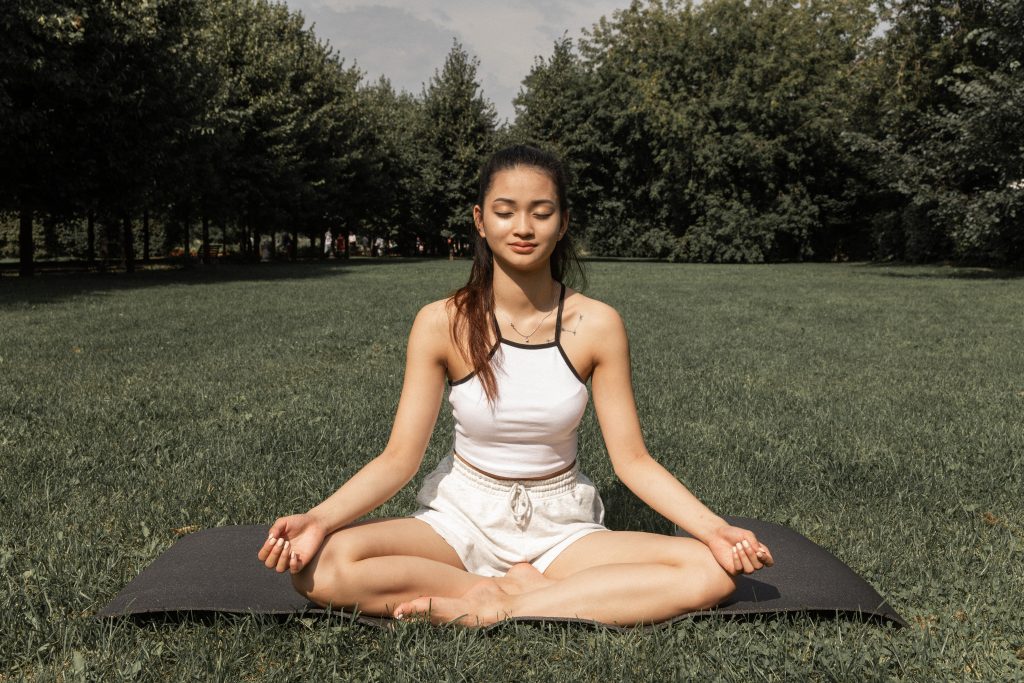
For some, summer signifies increasing daylight. While others, summer indicates an excess of heat. Between last issue and now, perhaps you have been practicing how to maintain an awareness of and appreciation for the strengths gleaned in darkness, while simultaneously allowing the lengthening of days to unfold in a way that is calm, reflective and appreciative of what is present now. What did you learn in winter that can serve you now? Beauty in breath? Beauty in darkness? Beauty in coolness?
Between now and June 21, for those in the Northern Hemisphere, days will continue to lengthen. Heat will increase. The digestive fire will burn. And muscles will contract. Although we must not forget the importance of the cool, the rest, and the relaxation.
As I introduced in the previous article, the month of March can evoke bodily rhythmic awareness. For respiratory, digestive, muscular or cardiac system, or any other bodily function – you may be feeling the heat. A balance of the fire is necessary.
In what ways can you locate spaces, in June and among the continually unfolding hot Summer days, where the appreciation of coolness you cultivated in winter may gently breeze in? Neurologically, the exhale induces the brain to relax and feel calm.
I invite readers to consider finding spaces where you can allow your breath to exhale. How might you channel the winter of the breath to serve you in summer?
Let’s engage in a 1-minute practice of honoring the internal fire and welcome a cool breeze.
Where you are right in this moment is the perfect place to practice. You have everything you need.
1. Locate the breath: say, “Hello breath. Thank you for respirating today.”
2. Create a comfortable breeze: Tune into the coolness of the exhale.
3. Discover the coolness within: Focusing on the exhale creates a lowered body temperature.
4. Carry your awareness: Maintain an awareness of coolness.
Repeat steps one through four.
Dr. Adrienne Ione is a cognitive behavioral therapist and personal trainer who integrates these fields in support of people thriving across the lifespan. As a pro-aging advocate, she specializes in the self-compassion of dementia.
Website: yes2aging.com
Guided Meditations: insighttimer.com/adrienneIone
Facebook: silverliningsintegrativehealth

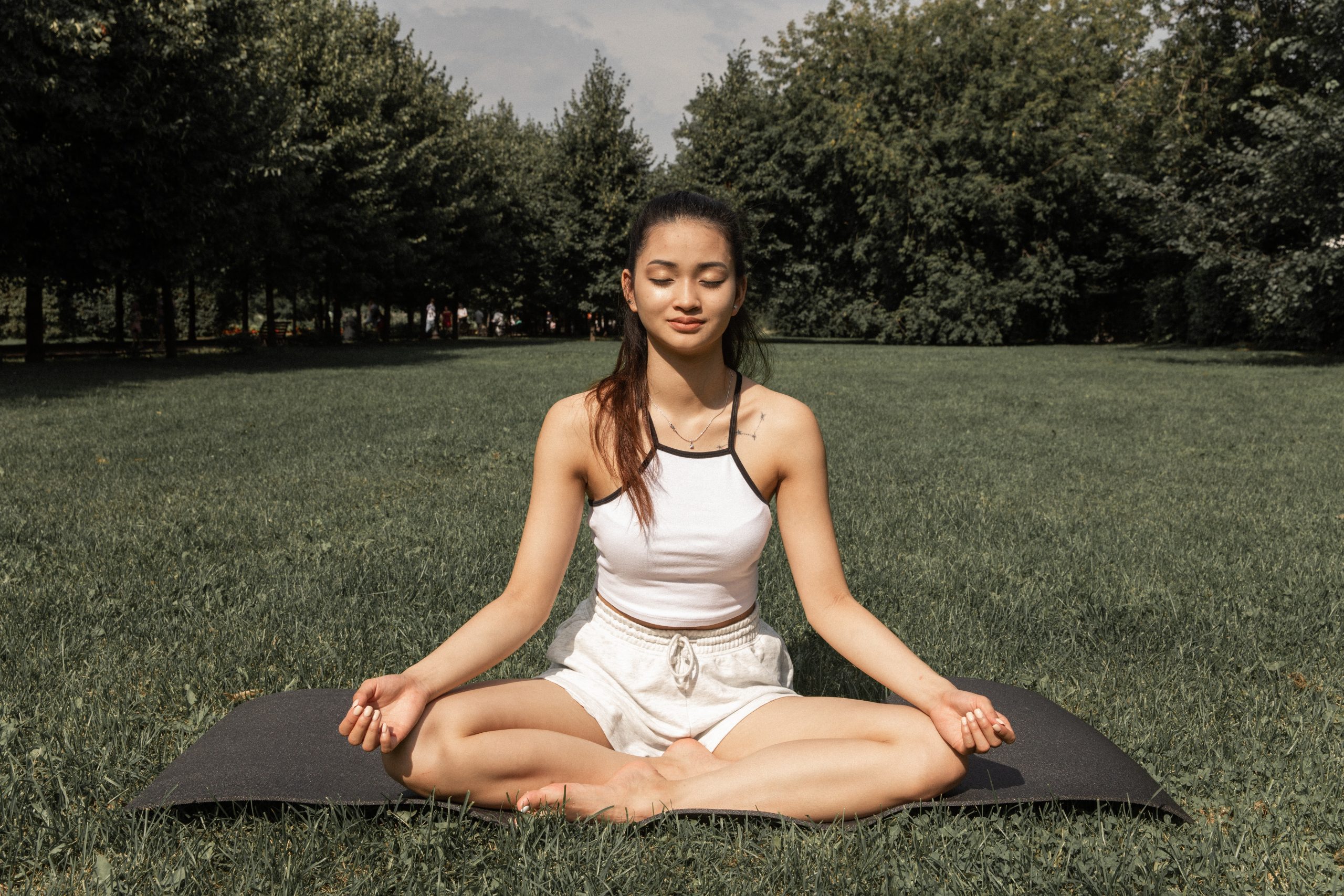



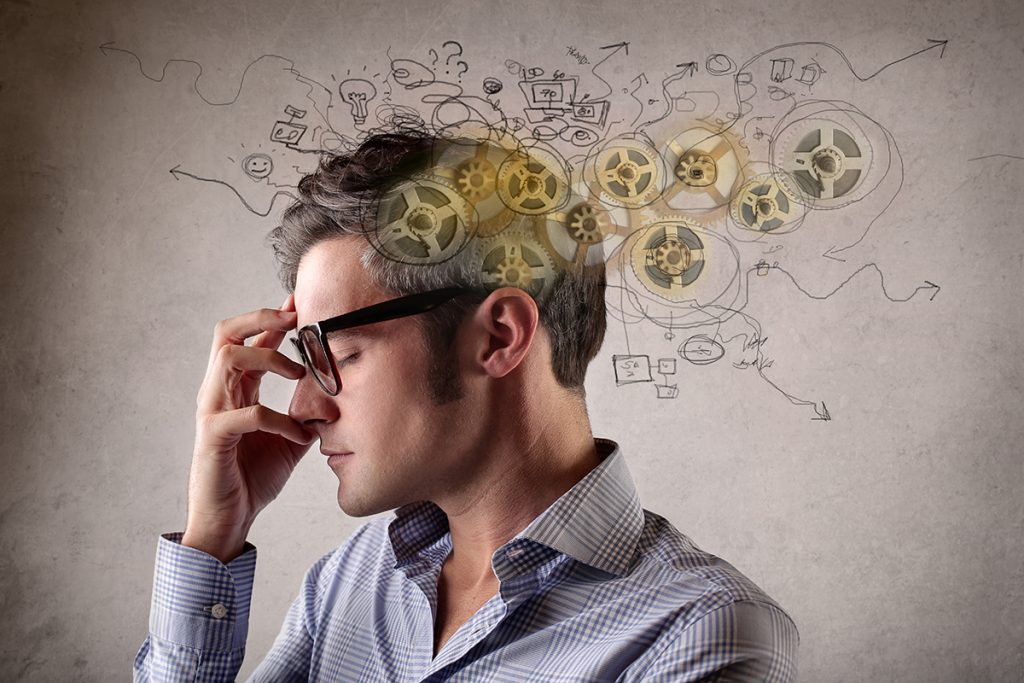
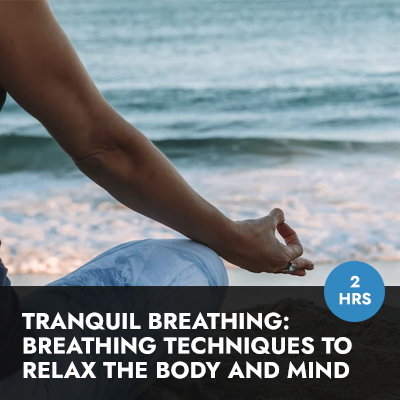
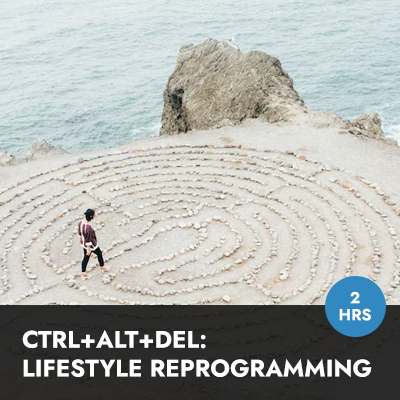
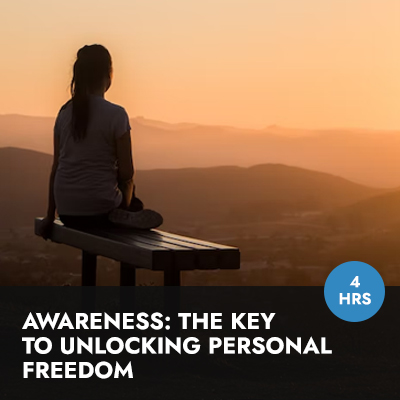
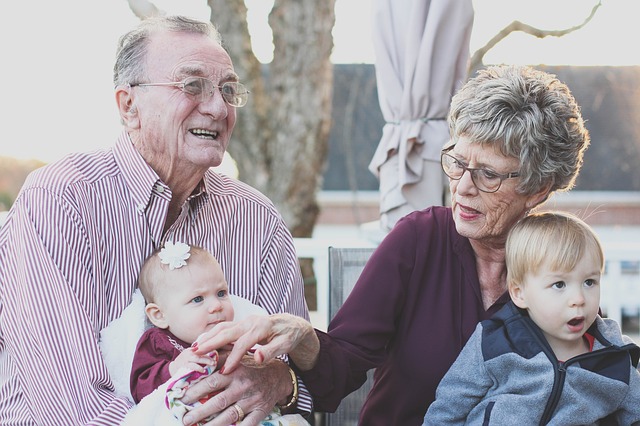
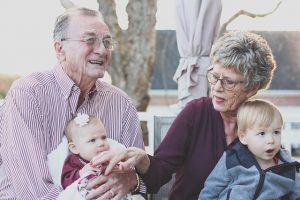 No one really knows why we age other than to acknowledge that as our cells die and don’t get replaced, organs – and ultimately our bodies – do indeed die. The role that disease plays in this process is obvious – especially if there is no successful treatment available that can address the underlying causes of the problem. I believe in the “art of prevention” as a strategy for helping not only extend our lives – but also improving the quality of the time we have to live.
No one really knows why we age other than to acknowledge that as our cells die and don’t get replaced, organs – and ultimately our bodies – do indeed die. The role that disease plays in this process is obvious – especially if there is no successful treatment available that can address the underlying causes of the problem. I believe in the “art of prevention” as a strategy for helping not only extend our lives – but also improving the quality of the time we have to live.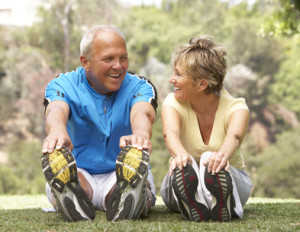 I have run over 65,000 miles in the more than half a century I have been a runner. I believe my commitment to being fit has saved my life many times over during my lifetime – even in the darkest of times when I felt lost and without hope. My question to you is: What is your passion when it comes to being physically active and will you honor that passion the way I did with my running program? If you don’t have one – then find one! Being physically fit does NOT guarantee a healthy body but a healthy body does require a FIT body. I am hopeful my “luck” continues into the years ahead. I will do everything in my power to insure that it does!
I have run over 65,000 miles in the more than half a century I have been a runner. I believe my commitment to being fit has saved my life many times over during my lifetime – even in the darkest of times when I felt lost and without hope. My question to you is: What is your passion when it comes to being physically active and will you honor that passion the way I did with my running program? If you don’t have one – then find one! Being physically fit does NOT guarantee a healthy body but a healthy body does require a FIT body. I am hopeful my “luck” continues into the years ahead. I will do everything in my power to insure that it does!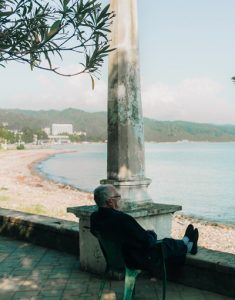 The role of the spiritual journey is to bring an expanded consciousness – or awareness – into our life experiences and allow us to contact joy, peace, harmony and love in a way that enriches and sustains us while allowing us the opportunity to “let go” of the baggage of our pasts. Regret, guilt, unexpressed anger, hatred and other forms of negative inner turmoil CAN and DO lead us to an early death. The body responds to all forms of emotion and if these emotions – and thoughts – are not directed by US to a “higher consciousness” they will bring sickness and chronic illness in all their terrible manifestations into our lives.
The role of the spiritual journey is to bring an expanded consciousness – or awareness – into our life experiences and allow us to contact joy, peace, harmony and love in a way that enriches and sustains us while allowing us the opportunity to “let go” of the baggage of our pasts. Regret, guilt, unexpressed anger, hatred and other forms of negative inner turmoil CAN and DO lead us to an early death. The body responds to all forms of emotion and if these emotions – and thoughts – are not directed by US to a “higher consciousness” they will bring sickness and chronic illness in all their terrible manifestations into our lives.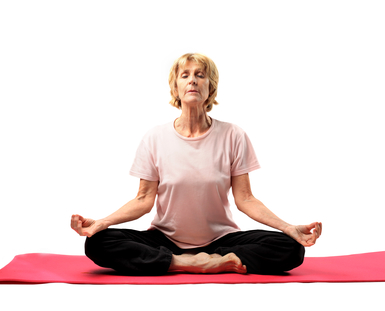
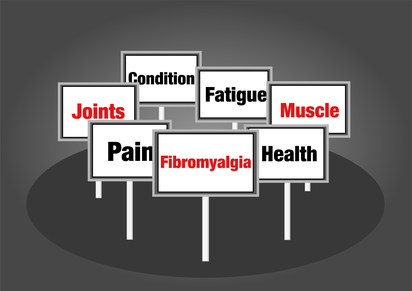
 If this sounds familiar, you’re not alone. Hundreds of millions of people live with chronic pain. In the United States alone, tens of millions of individuals suffer from
If this sounds familiar, you’re not alone. Hundreds of millions of people live with chronic pain. In the United States alone, tens of millions of individuals suffer from  y are these techniques so powerful? The answer might have something to do with cortisol, the stress hormone. Many doctors now screen chronic pain patients for cortisol levels. Cortisol levels can be naturally reduced through lowering environmental stress factors. Activities such as yoga, meditation and massage also help by stimulating a calming neurotransmitter in the brain.
y are these techniques so powerful? The answer might have something to do with cortisol, the stress hormone. Many doctors now screen chronic pain patients for cortisol levels. Cortisol levels can be naturally reduced through lowering environmental stress factors. Activities such as yoga, meditation and massage also help by stimulating a calming neurotransmitter in the brain.
